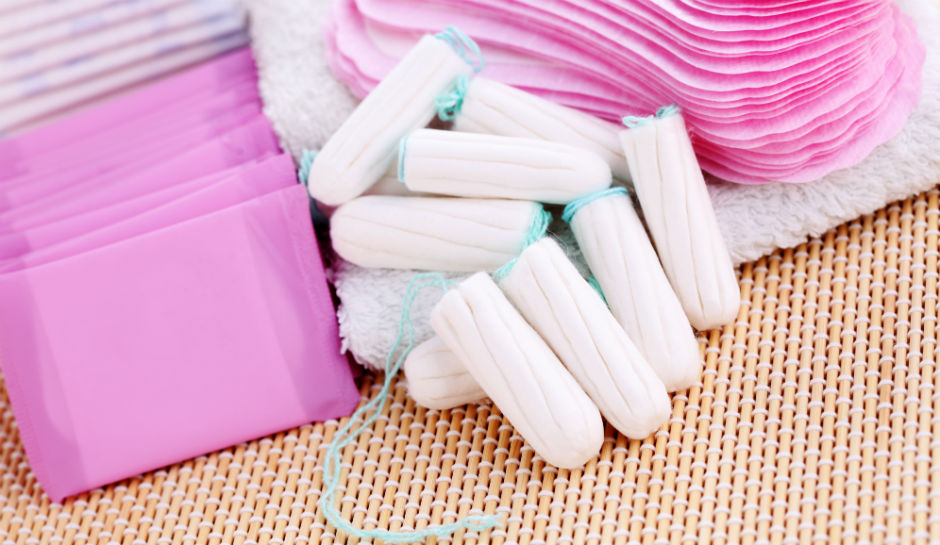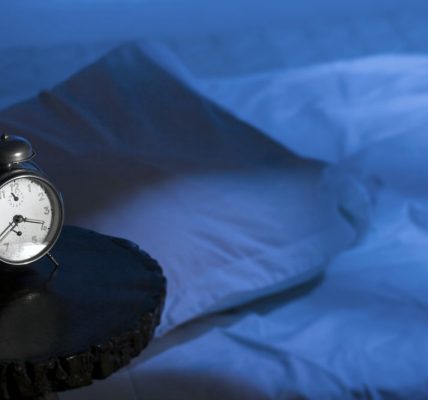First, I believe a distinction must be made between female ejaculation and the coined term “squirting,” as the two phenomena originate from two entirely different organs. Female ejaculate is released by the Skene’s glands homologous to the prostate in males. Hence, Skene’s glands are sometimes known colloquially as the female prostate. The fluid emitted from Skene’s glands is similar in composition to that released from the male prostate. Due to the lack of research on this topic in female health, there is little research into what female ejaculate actually is. The fluid is most often released during orgasm and contains uteroglobin (human urine protein 1) and the enzyme PDE5. More interesting, though, is the presence of compounds similar to that of prostate-specific antigen and prostatic acid phosphatase. Therefore, a movement towards renaming the Skene’s glands to the female prostate is underway. The fluid, however, is not urine.
Squirting, on the other hand, can almost be considered an even more complex occurrence. It is the expulsion of a massive amount of clear liquid, unlike female ejaculate, which is expelled in small amounts and often white and opaque. The article “Nature and Origin of ‘Squirting’ in Female Sexuality,” a 2014 study published in the Journal of Sexual Medicine, revealed that squirting is essentially “the involuntary emission of urine during sexual activity.” In the experiment, the participating women urinated before sexual activity and had an empty bladder on an ultrasound. During sexual activity, however, the ultrasound revealed rapid bladder filling resulting in expulsion of liquid from the bladder during orgasm. Out of the seven studied, only one showed prostatic-specific antigen in the fluid, leading to the differentiation between female ejaculate.
But does that mean that squirting is just adult bed-wetting? Absolutely not. The fluid expelled is not even close in composition to the dark, heavy urine from your morning routine. Average urine is primarily water with urea, salts, and creatinine. The fluid from squirting is almost entirely water, with little urobilin (waste product that gives urine its typical color). Due to rapid bladder filling, very little waste products are actually present.
Even though the fluid squirted is technically urine, it is dirty, unhygienic, or unsafe. As long as the individual is healthy and uninfected, urine is not toxic. It should be noted that urine is not technically sterile, though, as it does contain low levels of bacteria. There are so few bacteria, however, that it is considered nontoxic to humans. Thus, overall, it is harmless (as we’ve seen on many a Bear Grylls episode).
So, no, squirting is not accidentally peeing yourself. It is a completely natural phenomenon that has been reported many times before. The article “Nature and Origin of ‘Squirting’ in Female Sexuality” by the International Society of Sexual Medicine has been misquoted and used to exoticize female sexuality, when it has in reality has brought us further understanding of a field that has yet to be studied in depth.
Citation
- Nature and origin of squirting in female sexuality from Journal of Sexual Medicine <http://www.ncbi.nlm.nih.gov/pubmed/25545022>
Article by Cypress Lynx
Feature Image Source: Women’s Health
























